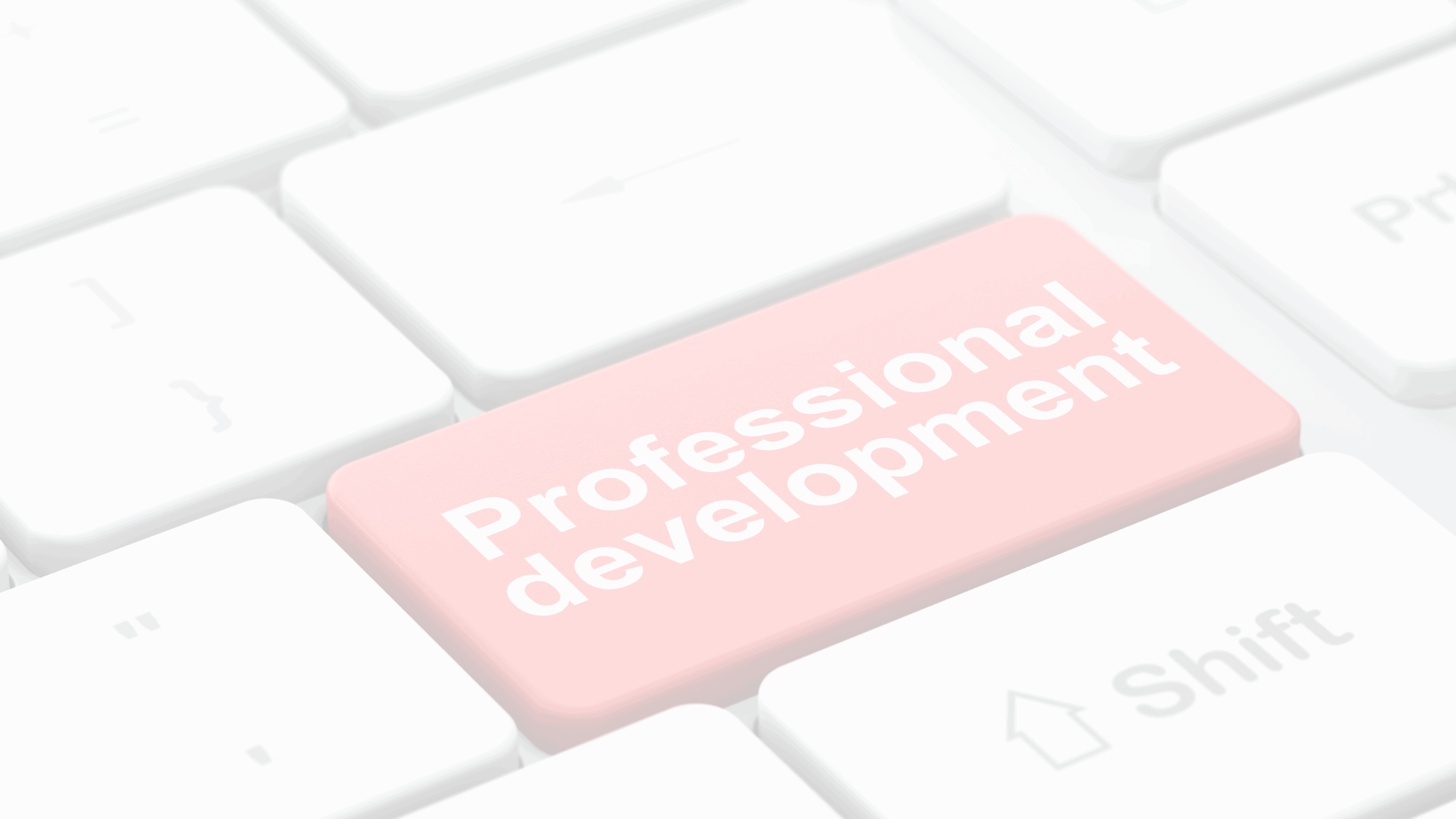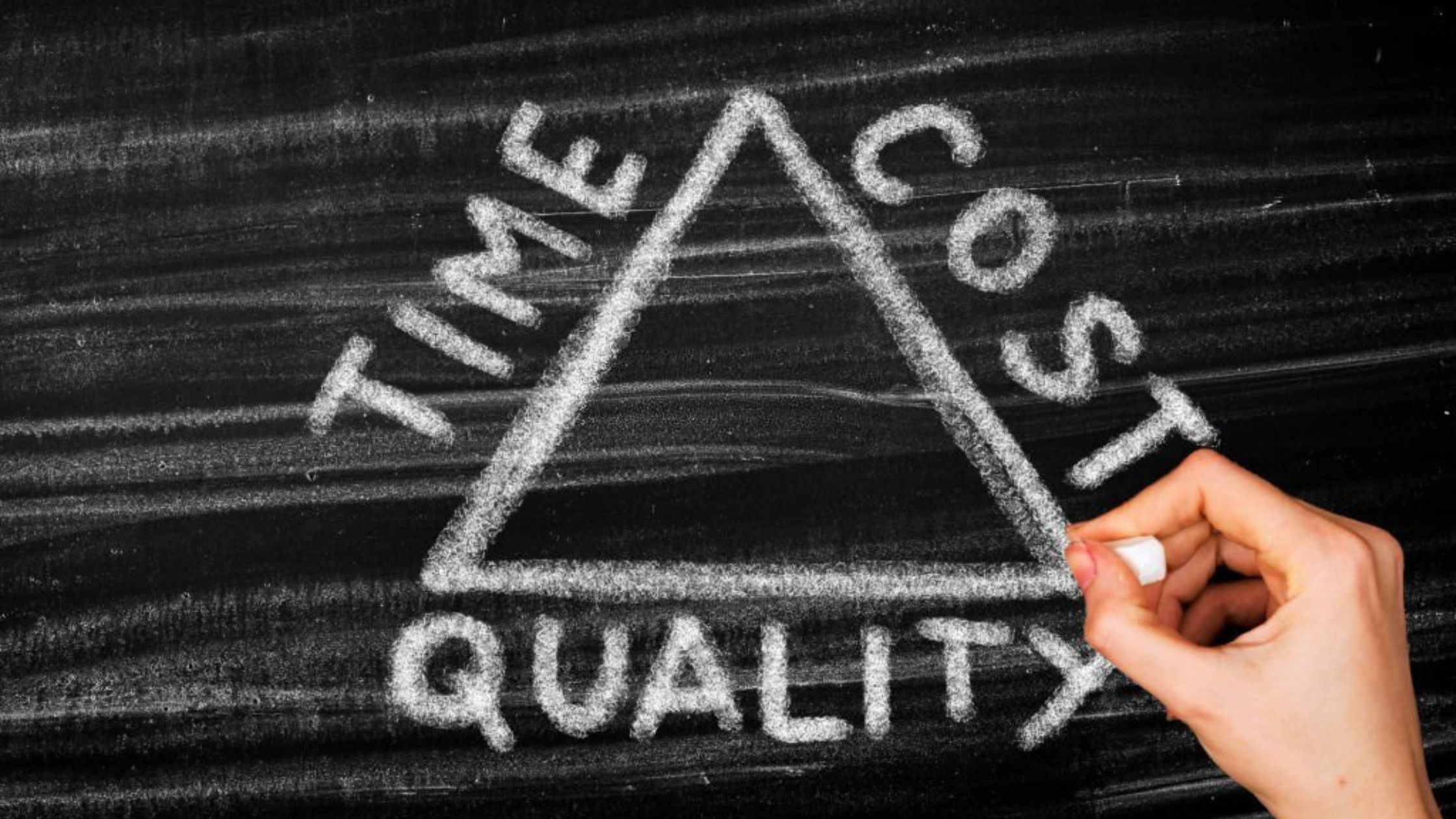
Implement Lean Project Management Into Your Routine To Start Cutting Costs And Saving Hours

Project management is all about delivering successful outcomes while optimizing resources. In today’s competitive landscape, organizations are constantly seeking ways to cut costs, streamline processes, and save time. This is where Lean Project Management comes into play. By implementing Lean principles, tools, and techniques into your project management routine, you can achieve higher efficiency, reduced waste, and improved productivity.
In this article, we will explore how you can implement Lean Project Management and start cutting costs while saving hours in your projects. Whether you’re a project manager, team leader, or involved in project execution, these strategies will help you optimize your processes, enhance collaboration, and deliver successful projects.
Understanding Lean Project Management
Lean Project Management is an approach derived from the Lean methodology, which originated in manufacturing and has been successfully applied to various industries, including project management. The core idea of Lean is to maximize value while minimizing waste. In the context of project management, Lean focuses on eliminating activities that do not add value to the project, streamlining workflows, and continuously improving processes.
Lean Project Management is based on five key principles:
- Identify Value: Determine what activities and deliverables add value to the project from the perspective of the customer or stakeholder.
- Map the Value Stream: Identify the end-to-end process flow and eliminate non-value-added steps or bottlenecks.
- Create Flow: Streamline the project workflow to minimize delays, handoffs, and waiting time.
- Establish Pull: Implement a pull-based system where work is initiated based on demand and capacity, avoiding overburdening resources.
- Pursue Perfection: Continuously improve processes, eliminate waste, and strive for excellence.
The 7 Wastes Of Different Variety According To Lean Project Management
To put it simply, everything that has no beneficial influence on the end product’s performance is deemed waste. Most notably throughout short-term operations, avoiding resources and idle time contributes to the emergence of better profit in the long run. The 7 categories of wastes are defined in depth in Lean Project Management, which itself is derived from Lean Manufacturing.
- Inventory: When you order too much stock or make your purchase before you know how much you’ll actually need. It has the potential to turn everything about your process into shambles and result in excessive charges.
- Waiting: This one is directly linked to neglecting your plans. If this happens, as the project progresses, individuals and activities slack and have to wait for priors to proceed.
- Defects: This results in not only tardiness in the project’s completion, but also financial, manpower, and reputational losses.
- Overproduction: Overproducing can lose you more funds and resources than you anticipated during the planning stage. Furthermore, the fundamental issue with overproduction is that it diminishes the worth of your goods in the long run.
- Motion: Inadequate communication amongst project members is a fundamental cause of motion wastage. It’s usually preferable to maintain project participants centered on their responsibilities.
- Transportation: This one is linked to the project’s physical sites. If the project must be completed in multiple places, you should figure out a means to limit transportation costs and keep them as low as possible.
- Over-processing: Excessive approval processes usually put a strain on the project’s pace. It is much preferable to deploy quickly rather than flawlessly under the agile project management process.
Implementing Lean Project Management
Now let’s explore how you can implement Lean Project Management in your routine:
1. Value Stream Mapping
Start by mapping the value stream of your project. Identify all the activities and deliverables involved, and assess their value to the customer or stakeholder. This will help you identify areas of waste or non-value-added steps that can be eliminated or streamlined.
2. Eliminate Waste
Once you have identified non-value-added steps, focus on eliminating waste. Waste can take various forms, such as unnecessary handoffs, delays, excessive documentation, or overproduction. Streamline processes by removing these wastes and optimizing the flow of work.
3. Optimize Workflow
Analyze your project workflow and identify areas where bottlenecks or delays occur. Look for opportunities to improve flow by minimizing handoffs, reducing waiting time, and ensuring a smooth and continuous progression of work. Foster collaboration and communication among team members to enhance workflow efficiency.
4. Implement Visual Management
Visual management is a powerful tool in Lean Project Management. Use visual indicators such as Kanban boards, task boards, or Gantt charts to provide visibility into project status, progress, and priorities. Visual management enhances communication, facilitates decision-making, and enables better resource allocation.
5. Empower Team Members
Empower your team members by involving them in the decision-making process and giving them ownership of their work. Encourage a culture of continuous improvement and provide opportunities for skill development and learning. Engaged and empowered team members are more likely to identify waste, suggest improvements, and take ownership of project outcomes.
6. Continuous Improvement
Continuously strive for perfection by fostering a culture of continuous improvement. Regularly evaluate your project processes, gather feedback from team members, and identify areas for enhancement. Implement incremental changes and measure the impact of those changes to ensure continuous progress.
What Do You Get Out Of Lean Project Management?
There are plenty of benefits to implementing Lean Project Management into your projects and the whole organization. A few of them are quite obvious, but others you wouldn’t immediately guess. Let’s get into the details of all of the things you can get out of Lean Project Management.
Faster Delivery Times
The amount of time you will be able to save during each process as you implement Lean Project Management techniques will rise as you go through your project’s production lifecycle.
Inventory Cost Will Go Down
Getting your productivity to be right on schedule all the time means your organization can function smoothly and without a hitch even with a much lower than usual inventory level.
More Engagement
Team members are encouraged to participate and engage with resource efficiency and optimization through ownership culture.
Higher Productivity Levels
Productivity will increase when obstructions in the flow are removed using Lean tools and practices.
Elevated Quality
The goal is to prevent faults in the Lean Project Management process. This decreases future faults while also improving the general well-being and quality of goods and services.
Better Work Culture
Organizations that have adopted a culture of continuous development eventually deliver a better work culture and market-competitive performance.
Satisfied Customers
When you use Lean Project Management to produce better goods and improve your delivery times, you’ll have much happier customers and a good reputation.
Best Tools And Resources To Use In Lean Project Management
Some strategies for improving productivity throughout project management tasks and organizational change are provided by Lean Project Management apps.
Mapping Value Streams
Experts are using this tool for assessing the present condition of a value stream as well as developing a strategy for achieving the projected future of a product or service’s manufacturing lifecycle. “Material & information flow mapping” is another name for it. It’s basically a graphic tool that displays all important phases in a process, along with the duration and volume consumed by every step. A value chain would be a similar term that outlines all the operations that take place within a corporation.
Work Cells
Some of the best examples of how work cells function are cross-functional or independent teams. Physical tools and resources can be added to the team’s work cells in specific instances, but this can vary depending on the sector and how standards are met.
Iteration Or 1 Piece Flow
Iteration is a term often used in the software development industry. Within manufacturing professionals, a work team might use this strategy by concentrating on only one item or job until it is completed. You must create a consistent production environment in order to employ the one-piece flow approach.
Kaizen
“Kaizen” refers to the notion that continually improves all operations and relates to company actions that include everyone from the President to the production workers. The term kaizen (改善) means “improvement” in Japanese. It can also be applied to any processes that rely on external techniques and organizations, including buying and shipping. Healthcare, counseling, mentorship, government, and finance are among the sectors and businesses where it is usually used.
The goal of this approach is to reduce waste by improving the standard and quality of existing programs and procedures.
Currently, there are five basic principles behind Kaizen which are present in every instrument and activity associated with the idea. They are: “Understand Your Customer”, “Let things flow”, “Go to the Gemba, “Empower People”, and “Be Transparent”. In order to create an effective culture of constant improvement and a benchmark in the progress of excellence, efficiency, and workforce management relationships, these five principles must be used in every organization.
All Kaizen events usually incorporate some or all of the following ideas:
- Set your goals and include any relevant data and information.
- Examine and assess the present situation before announcing a proposal for improvement.
- Carry out improvements.
- Figure out what isn’t working and find an easy way to repair it.
- Keep note of things to follow up on and share the outcome.
The 5S Or Five Phases
Sort, shine, set in order, standardize, and sustain are the five steps of the 5-S method. Every S indicates a 5-step procedure that may help a company enhance its general efficiency. To get started, Sort, the very first stage in the 5-S process, evaluates what is essential for your working area and the things that could be discarded without affecting the work’s worth.
Then, following the preliminary sorting, teams can put their strategy in place for the leftover items. Shine involves routine maintenance of current processes and equipment. The next phase is to standardize, which involves systematizing and repeating the activities accomplished in the previous steps. The final phase concerns the consistency of performance behaviors.
Plan, Do, Check & Act, Or PDCA
“PDCA” refers to a four-stage iterative technique that includes “Plan,” “Do,” “Check,” and “Act.” This strategy is used to regulate and enhance corporate processes and goods over time. It gives you a clear, effective, and quick way to solve every problem by allowing you to try different solutions and evaluate results in a waste-reduction cycle whilst also implementing changes.
PDCA presents a systematic strategy to identify the best solutions to a problem by following these 4 steps.
Plan
To begin, you must first comprehend and find the issue or prospect that you wish to pursue in order to reach the desired outcomes. Then, to demonstrate desired quality standards, set the goals and methods necessary.
Do
The next stage is to put the selected possible solution through a testing process. Doing the testing is going to show you whether or not the findings fulfill the quality standards. If you discover an issue early on, you may make cost-effective modifications to your plan.
Check
This stage involves gathering and analyzing the outcomes of the previous phase in more depth. You’d go back to the Plan phase if you feel like you did not receive the intended outcomes. Once you’re happy with the results, you may move on to Acting. Since you’re going to use the procedure more than once, placing all of the information into something like a chart can help you notice the differences between the cycles.
Act
This is the stage when you put your solution into action or launch your solution package. Adjustment is another name for this stage. The process improves as a result of the activities made throughout this phase, with specific guidelines, norms, and features. During subsequent PDCA implementation, the supervisor must monitor for and avoid duplicate activities and solutions, so resource waste can be reduced and avoided.
Lean Project Management vs Different Agile Methods
All of the other different Agile methodologies have a close link with Lean Project Management, as the majority of them prioritize customer happiness within their value chain. They’ve all been created iteratively, with the goal of producing regular improvements rather than large release packages. Most significantly, it is critical to comprehend the similarities and differences across Lean Project Management and other Agile methodology in order to ensure that the implementation is viable and that your project management process will be successful and efficient.
But as much as they have in common, Lean Project Management can also be very different from all of the other Agile methodologies, either in small or fundamental ways.
Lean Project Management seeks to reduce waste in both the short and long term and to enhance processes, and satisfy client needs more effectively and precisely. Instead of focusing on a single area, such as software development, Lean Project Management delivers knowledge to all tiers of a business. To add value to the organization in its entirety, all units may adopt Lean concepts to their operations. Lean culture aids firms in increasing overall effectiveness and streamlining whole operations.
A primary goal of Lean Project Management should always be to eliminate as much variance & rework as feasible. It highlights a variety of activities that may be taken with a variety of instruments to reduce this type of expense.
Benefits of Lean Project Management
Implementing Lean Project Management brings several benefits:
- Reduced costs by eliminating waste and optimizing resource utilization.
- Saved time through streamlined processes and improved workflow.
- Enhanced productivity and efficiency by focusing on value-added activities.
- Improved quality by identifying and addressing root causes of problems.
- Better collaboration and communication among team members.
- Increased customer satisfaction through timely delivery of value-added outcomes.
Sign-up for a 7-day free trial! Try the first two modules of Brain Sensei’s story-based PMP and CAPM Exam Prep courses and a mini practice exam and see how it all works
Conclusion
Implementing Lean Project Management principles, tools, and techniques can revolutionize your project management routine and lead to significant cost savings and time efficiencies. By identifying value, eliminating waste, optimizing workflow, and fostering a culture of continuous improvement, you can cut costs and save hours in your projects. Embrace Lean Project Management and unlock the potential for success and efficiency in your project management endeavors.
Have you led projects and are looking to earn a project management certification? You might be interested in learning about how lucrative this can be. Check out these articles.
13 PMP Benefits Once You Get The PMP Certification
No experience leading projects but still want to get into project management? No problem! Check out these articles.
CAPM Certification Eligibility
What is a Certified Project Manager; How do I get PM Certifications


